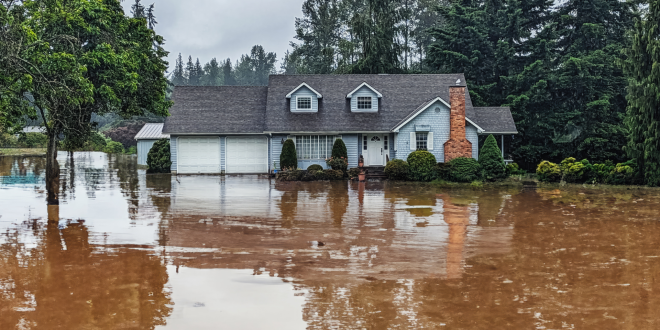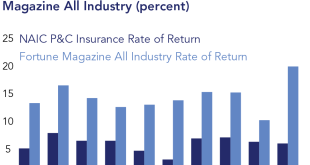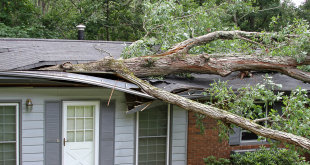Ever feel like you’re caught in a never-ending game of “pass the buck?” Well, when it comes to protecting your home, it seems insurance companies are getting pretty good at it. With Mother Nature throwing more and more curveballs our way – think bigger storms, more intense wildfires – home insurers are feeling the heat. And guess who’s footing the bill? Yep, you, the homeowner. It’s a tricky situation, and it’s only going to get trickier.
The Rising Tide of Climate-Related Losses
Increased Frequency and Severity of Extreme Weather Events
Let’s face it: the weather these days isn’t exactly what Grandma remembers. We’re seeing more extreme events, and they’re hitting harder. Hurricanes are packing a bigger punch, wildfires are raging longer, and floods are becoming more frequent. Remember that “once-in-a-century” storm? Seems like they’re happening every other Tuesday now. All this chaos leads to… you guessed it… more insurance claims.
Impact on Insurers’ Financial Stability
So, what happens when insurers have to shell out more money for claims? Well, their financial stability takes a hit. Think of it like your own bank account – if you keep withdrawing without depositing, you’re gonna run dry eventually. Insurance companies need to stay afloat, and that means finding ways to balance the books. And that’s when this shift in cost to homeowners really begins.
Home Insurers’ Response: A Shift in Cost Burden
Premium Increases and Deductible Adjustments
Okay, let’s talk money. The most obvious way insurers are shifting the burden is through higher premiums. You might’ve noticed your bill creeping up, even if you haven’t filed a claim. And it’s not just premiums; deductibles are on the rise, too. So, you’re paying more upfront and more out-of-pocket when disaster strikes. Ouch.
Stricter Coverage Terms and Exclusions
But wait, there’s more! Insurers are also tightening up their coverage terms. They might exclude certain types of damage or limit coverage in high-risk areas. Read your policy closely – you might be surprised by what’s not covered. It’s like they’re saying, “We’ll cover you… but not for that, or that, or that.”
Policy Cancellations and Non-Renewals in High-Risk Areas
And then there’s the ultimate nightmare: getting dropped altogether. In some high-risk areas, insurers are simply refusing to renew policies. If you live in a coastal zone or a wildfire-prone region, you might find yourself scrambling to find coverage at all. Imagine getting that dreaded letter in the mail – talk about a sinking feeling!
The Impact on Homeowners
Affordability Challenges and Access to Insurance
All of this adds up to a big problem for homeowners: affordability. As premiums rise and coverage shrinks, it becomes harder and harder to protect your most valuable asset. For some, it might even become impossible. Are we heading towards a two-tiered system where only the wealthy can afford adequate insurance? I sure hope not.
Property Value Declines in Vulnerable Areas
And it’s not just about insurance costs. If your home is in a high-risk area, its value could plummet. Who wants to buy a house that’s likely to be flooded or burned down? It’s a vicious cycle – rising risks lead to higher insurance costs, which lead to lower property values, which makes it even harder to recover from a disaster.
Increased Financial Risk and Uncertainty
Ultimately, all of this translates to increased financial risk and uncertainty for you. You’re left wondering if you can afford to stay in your home, if you’ll be able to rebuild after a disaster, or if your insurance will even cover the damages. It’s enough to keep anyone up at night.
Potential Solutions and Mitigation Strategies
Government Intervention and Subsidies
So, what can be done? One potential solution is government intervention. Governments could offer subsidies to help homeowners afford insurance, or they could create public insurance programs to fill the gaps in the market. Of course, that raises questions about taxpayer dollars and government overreach – it’s a tough balancing act.
Insurtech and Innovative Risk Assessment Models
Another approach is to embrace technology. “Insurtech” companies are developing new ways to assess risk, using data analytics and artificial intelligence. Maybe these innovative models can help insurers better understand and manage the risks, leading to more accurate pricing and more accessible coverage. Here’s hoping anyway!
Homeowner Mitigation Measures and Resilience Building
And let’s not forget about what you can do yourself. Taking steps to mitigate risks can make your home more resilient to disasters. That might mean reinforcing your roof, installing flood barriers, or creating defensible space around your property. It’s an investment, but it could pay off in the long run – both in terms of lower insurance costs and greater peace of mind.
The Future of Homeowners Insurance in a Changing Climate
Adapting to a New Reality of Risk
The bottom line is that the homeowners insurance market is facing a new reality. Climate change is here to stay, and it’s going to continue to drive up risks and costs. The industry needs to adapt – and quickly. That means embracing new technologies, developing innovative solutions, and finding ways to share the burden more fairly.
The Role of Collaboration and Innovation
This isn’t a problem that can be solved by any one group alone. It requires collaboration between insurers, governments, homeowners, and researchers. We need to pool our knowledge and resources to find solutions that work for everyone. Easier said than done, I know, but we’ve got to try!
Ensuring Fair and Equitable Access to Coverage
Ultimately, the goal should be to ensure fair and equitable access to coverage for all homeowners. No one should be priced out of the market or left vulnerable to financial ruin because of climate-related disasters. It’s a tall order, but it’s one worth striving for.
So, there you have it. The world of homeowners insurance is changing, and you’re right in the middle of it. It’s a bit overwhelming, I know. Maybe it’s time to dig out your policy, give it a good read, and see what you can do to protect yourself. And hey, maybe share your thoughts and experiences – we’re all in this together!
 seeme
seeme




